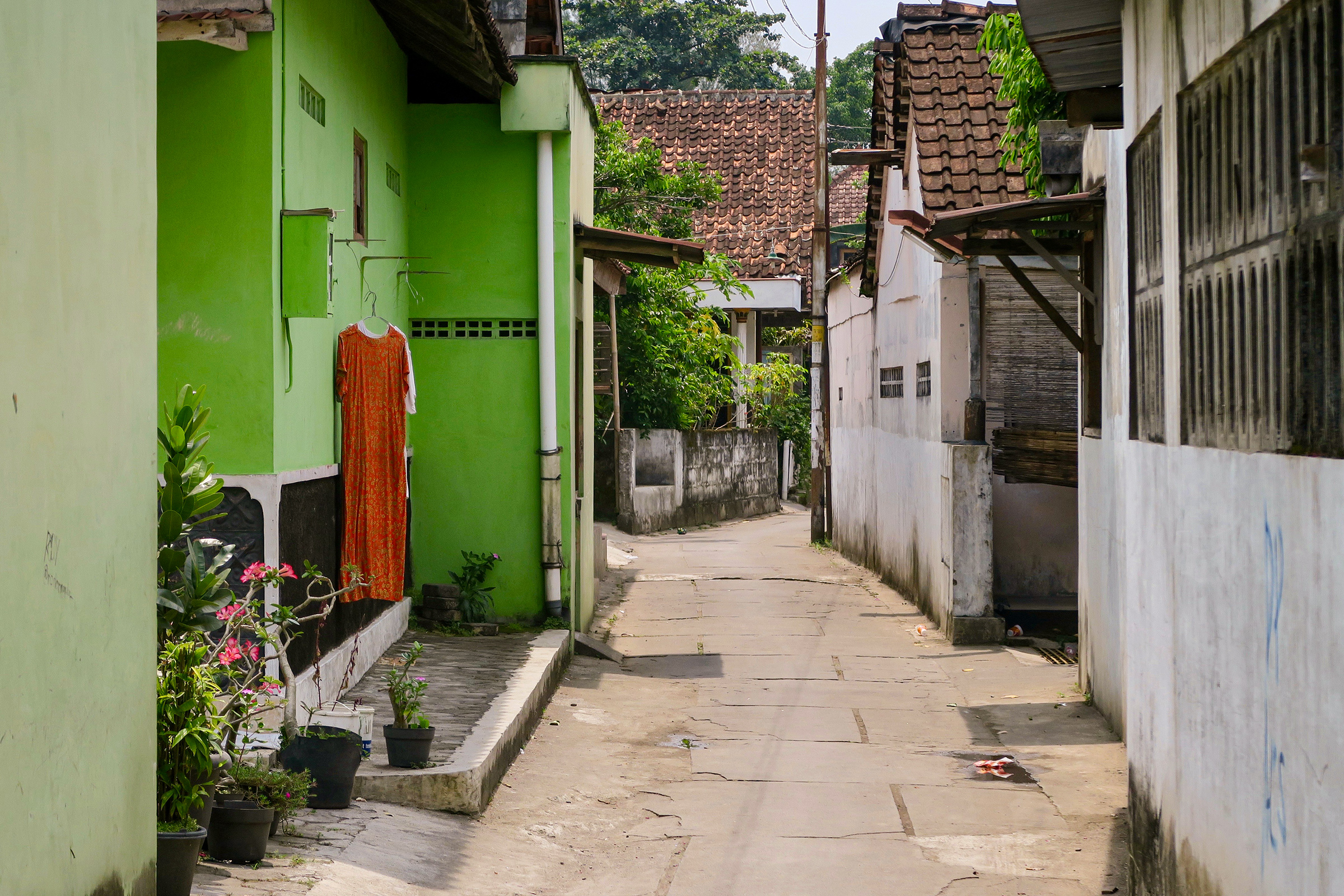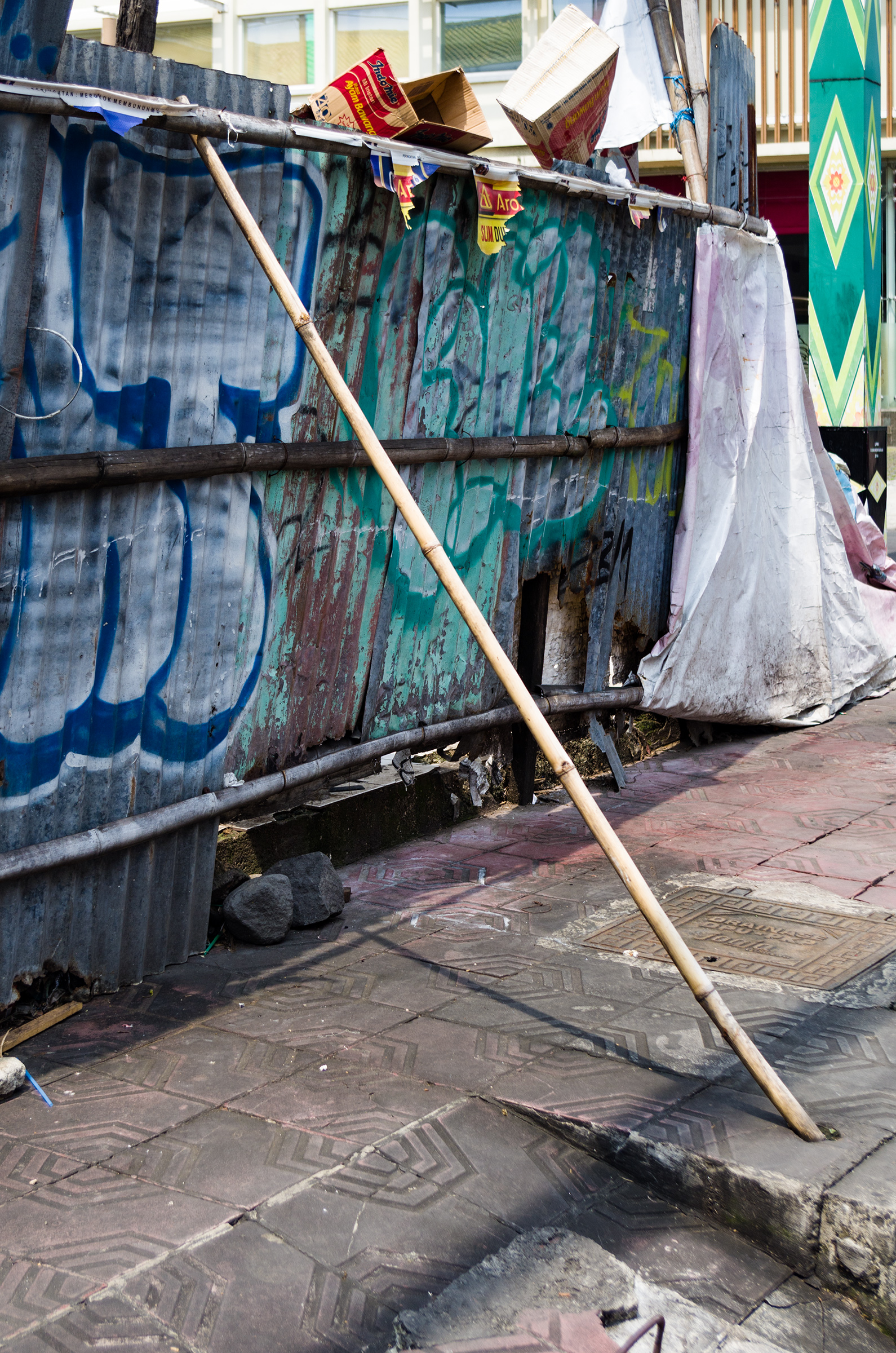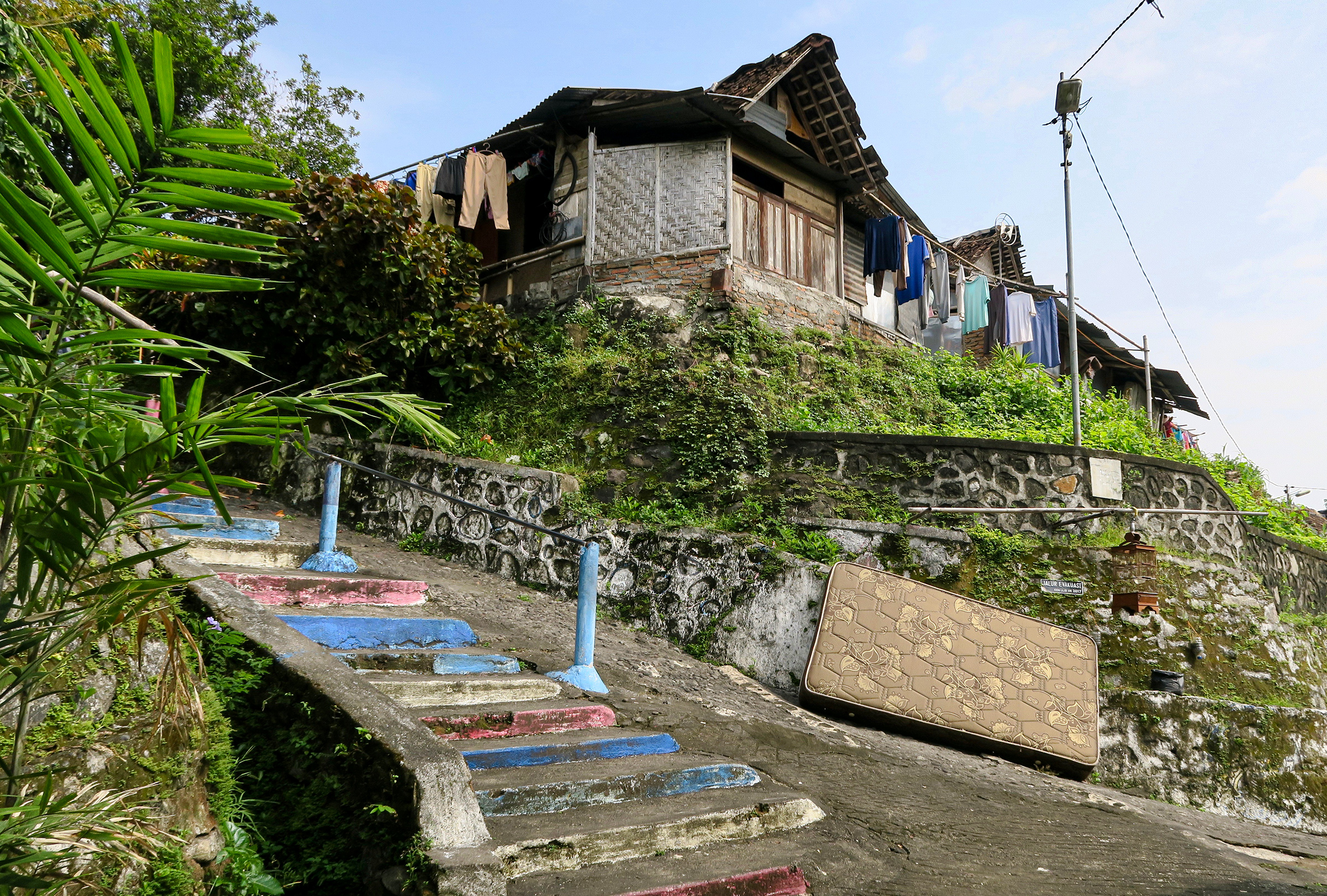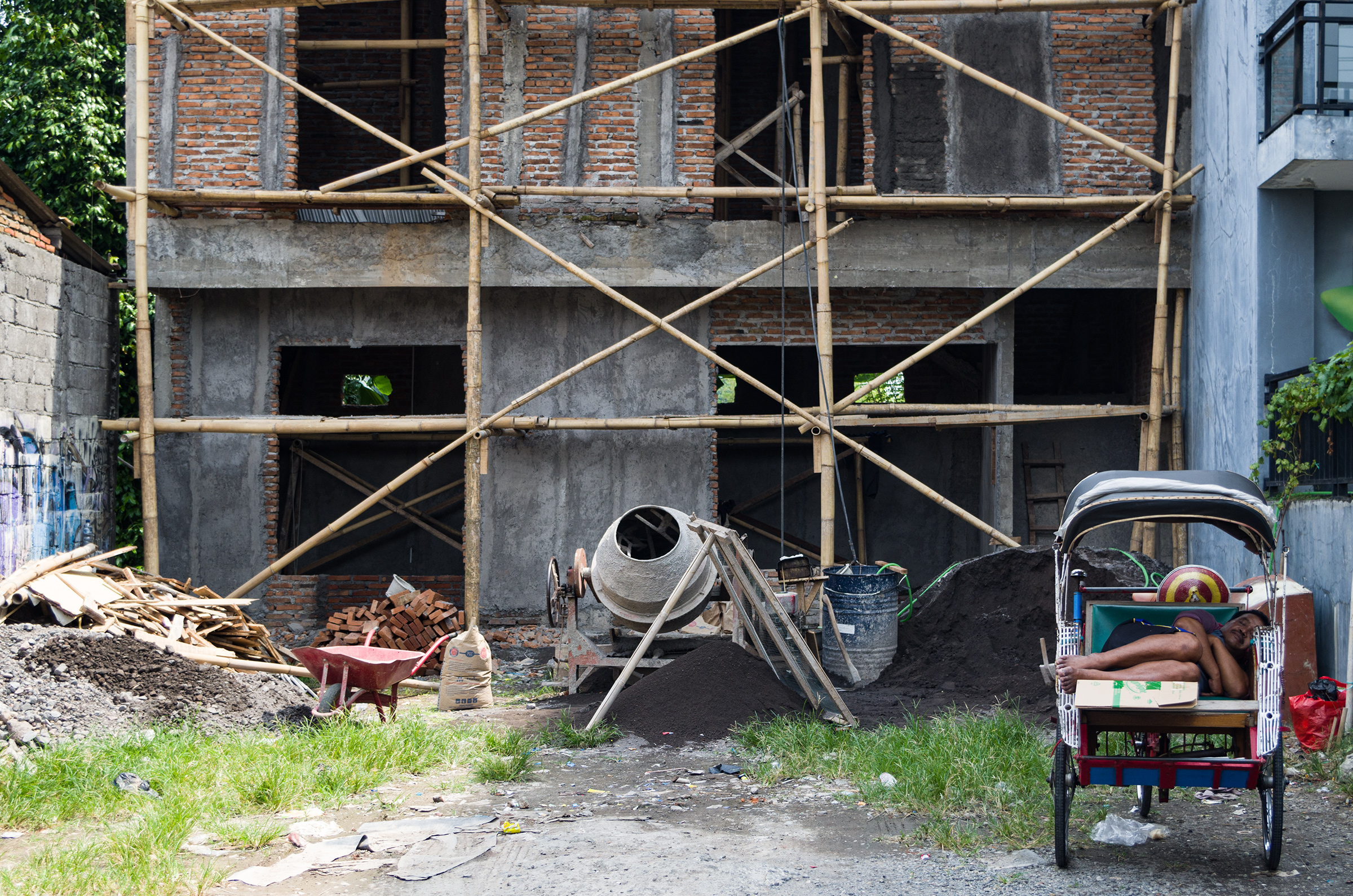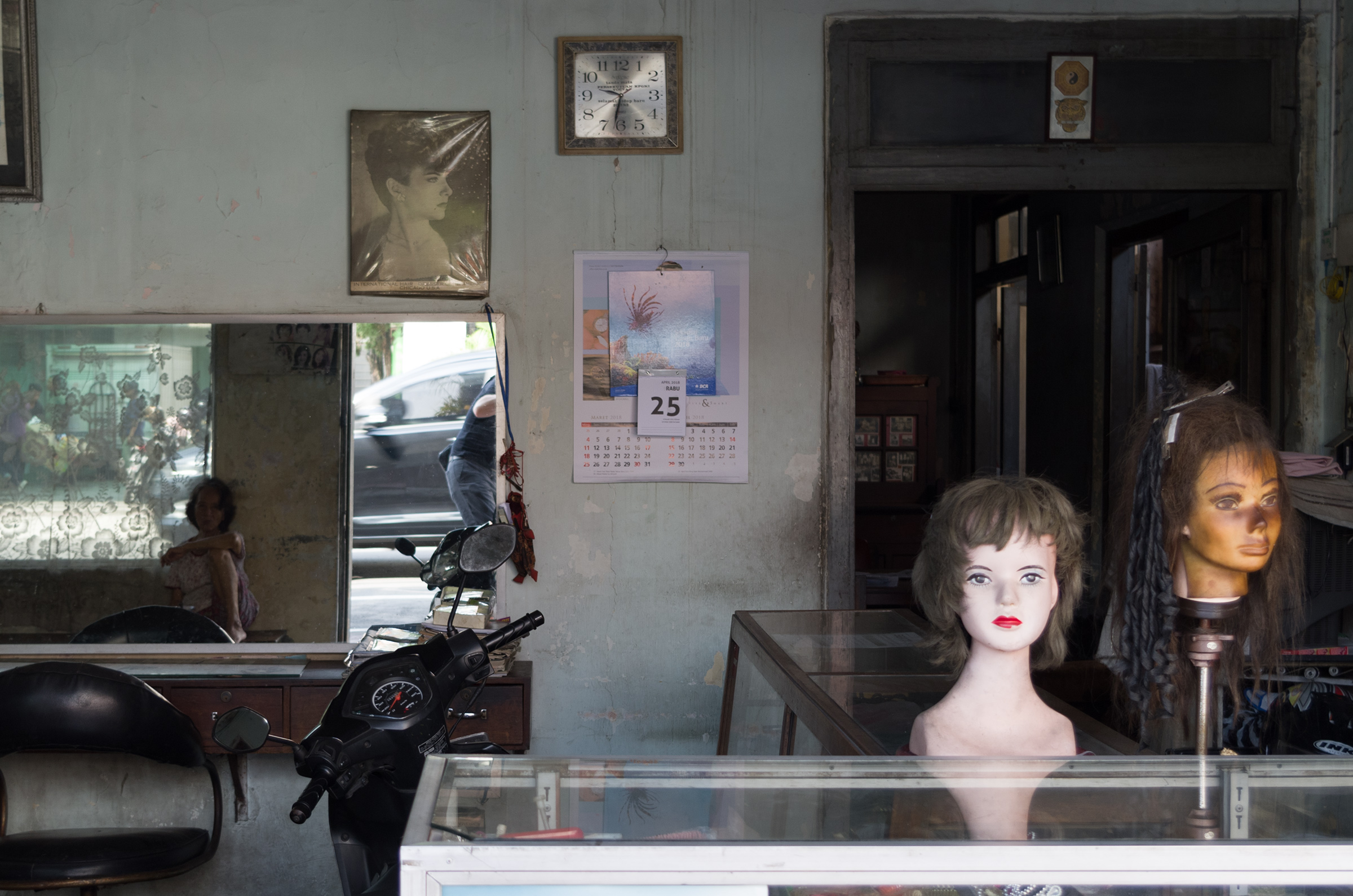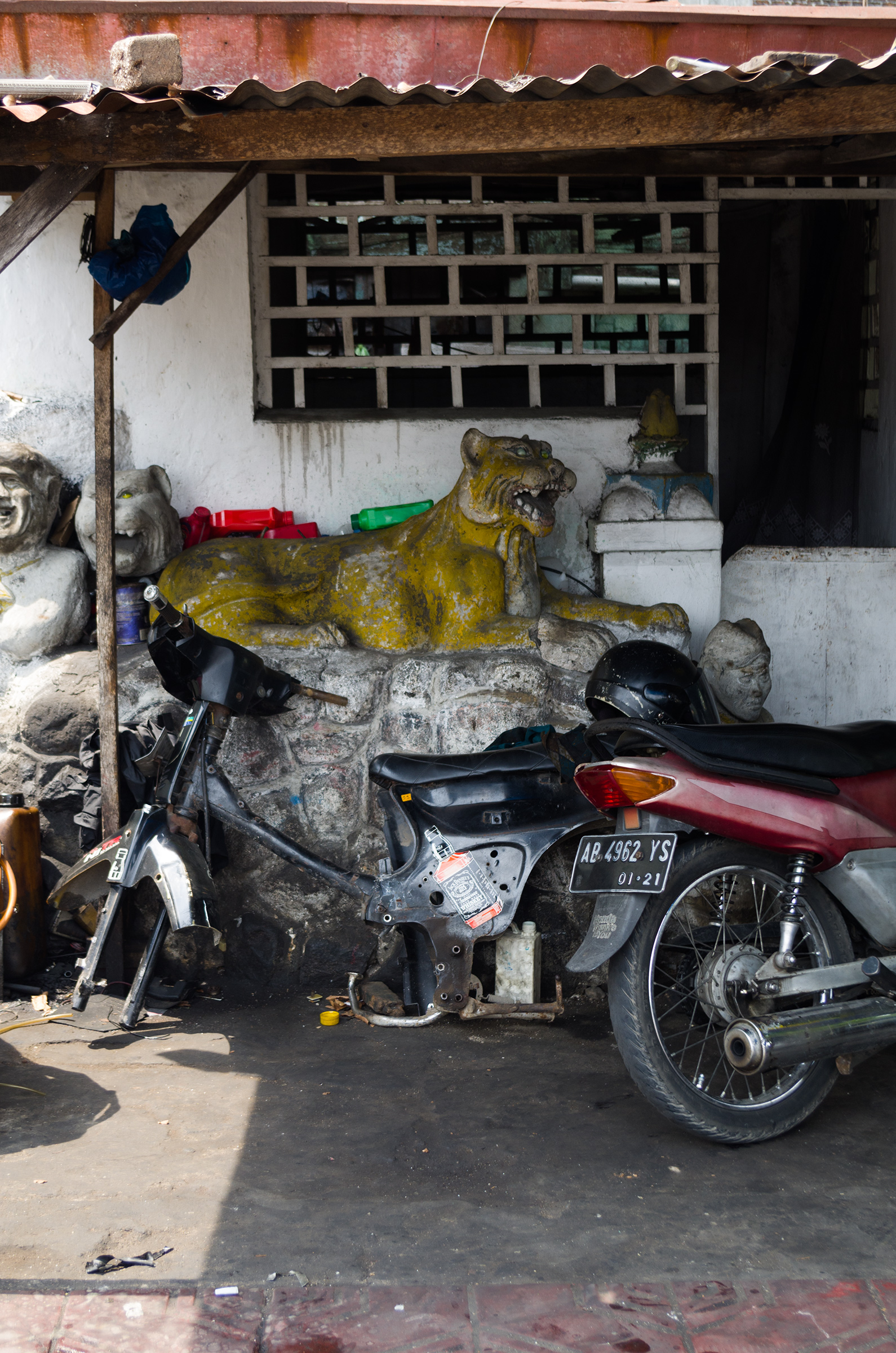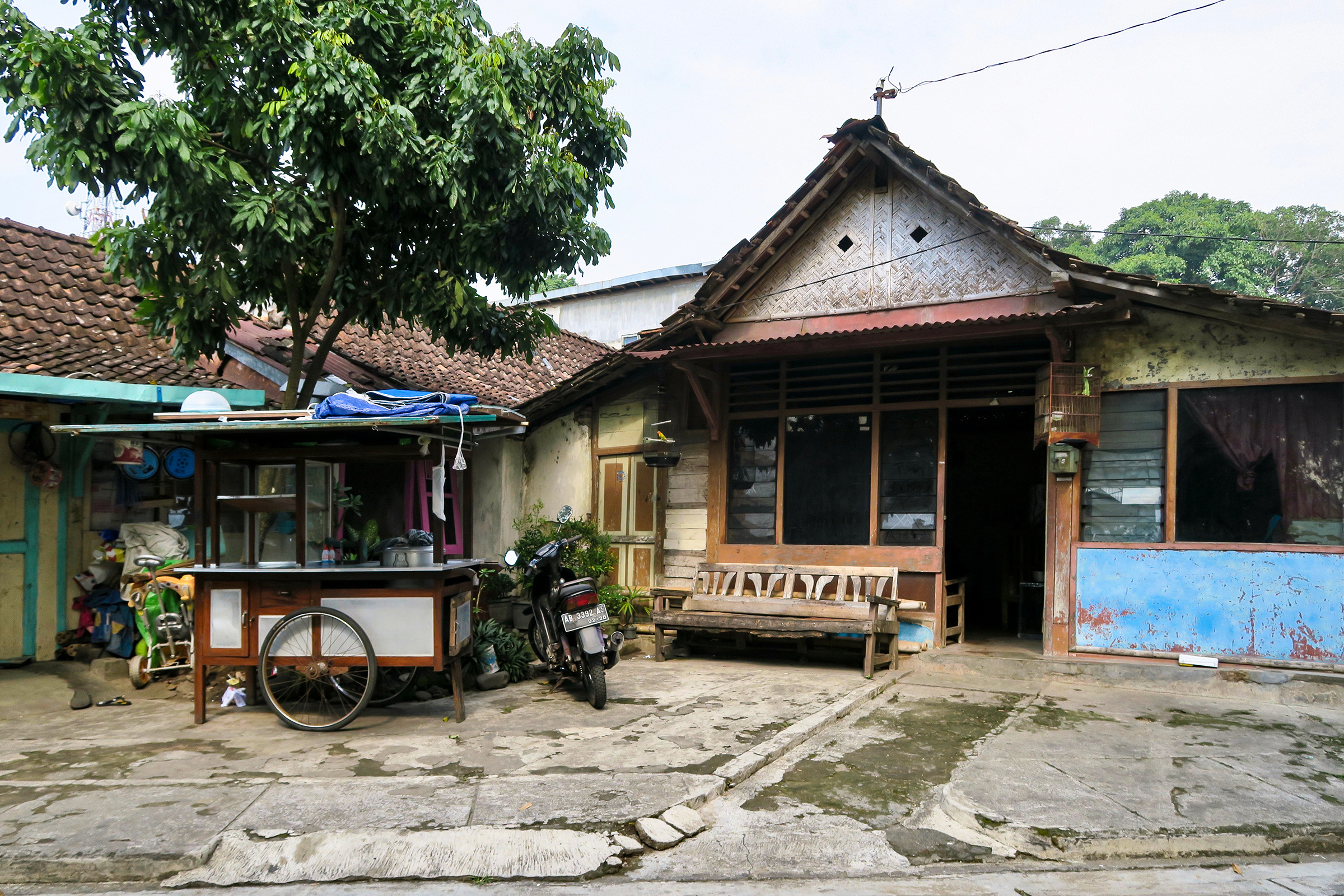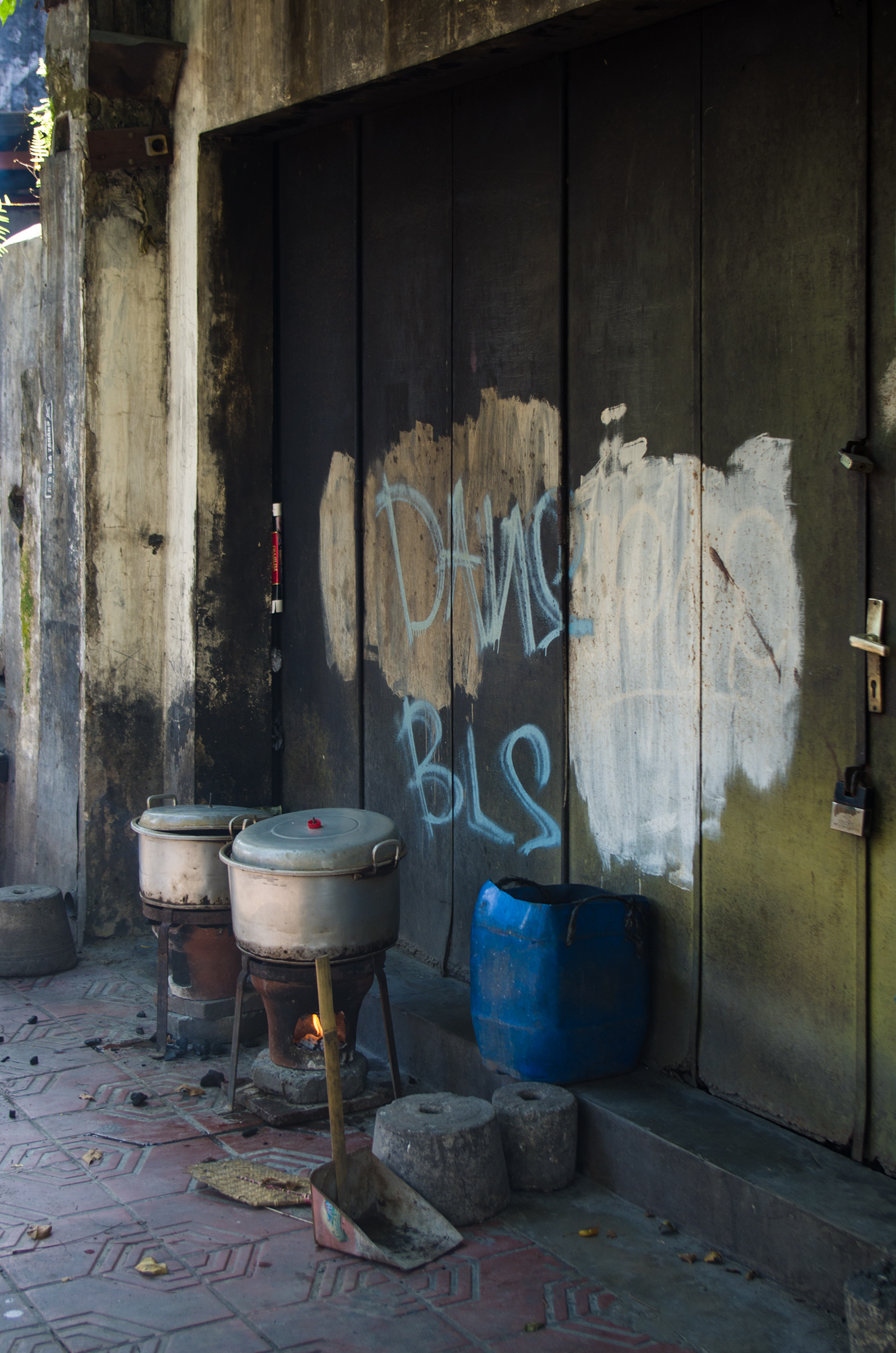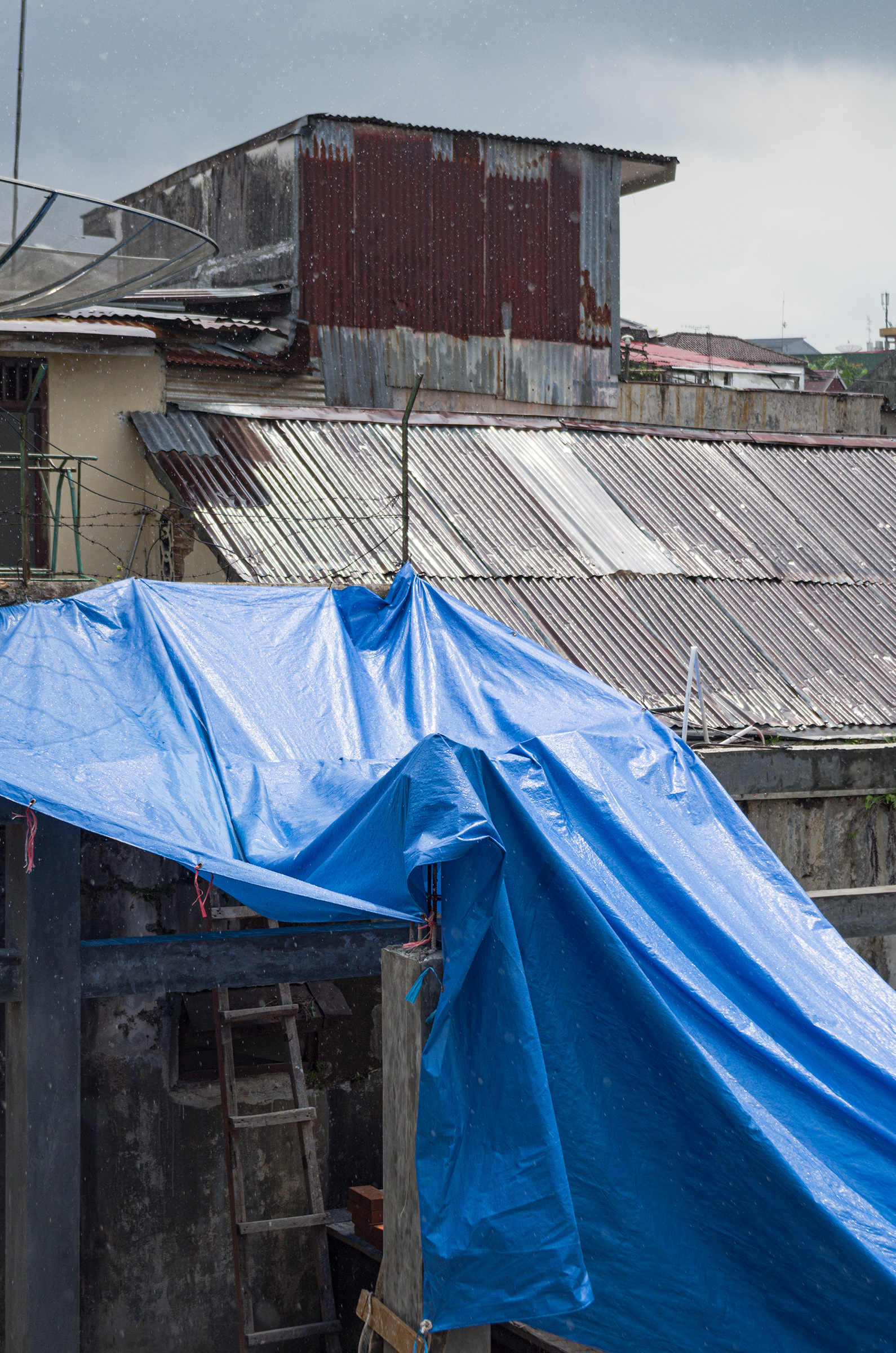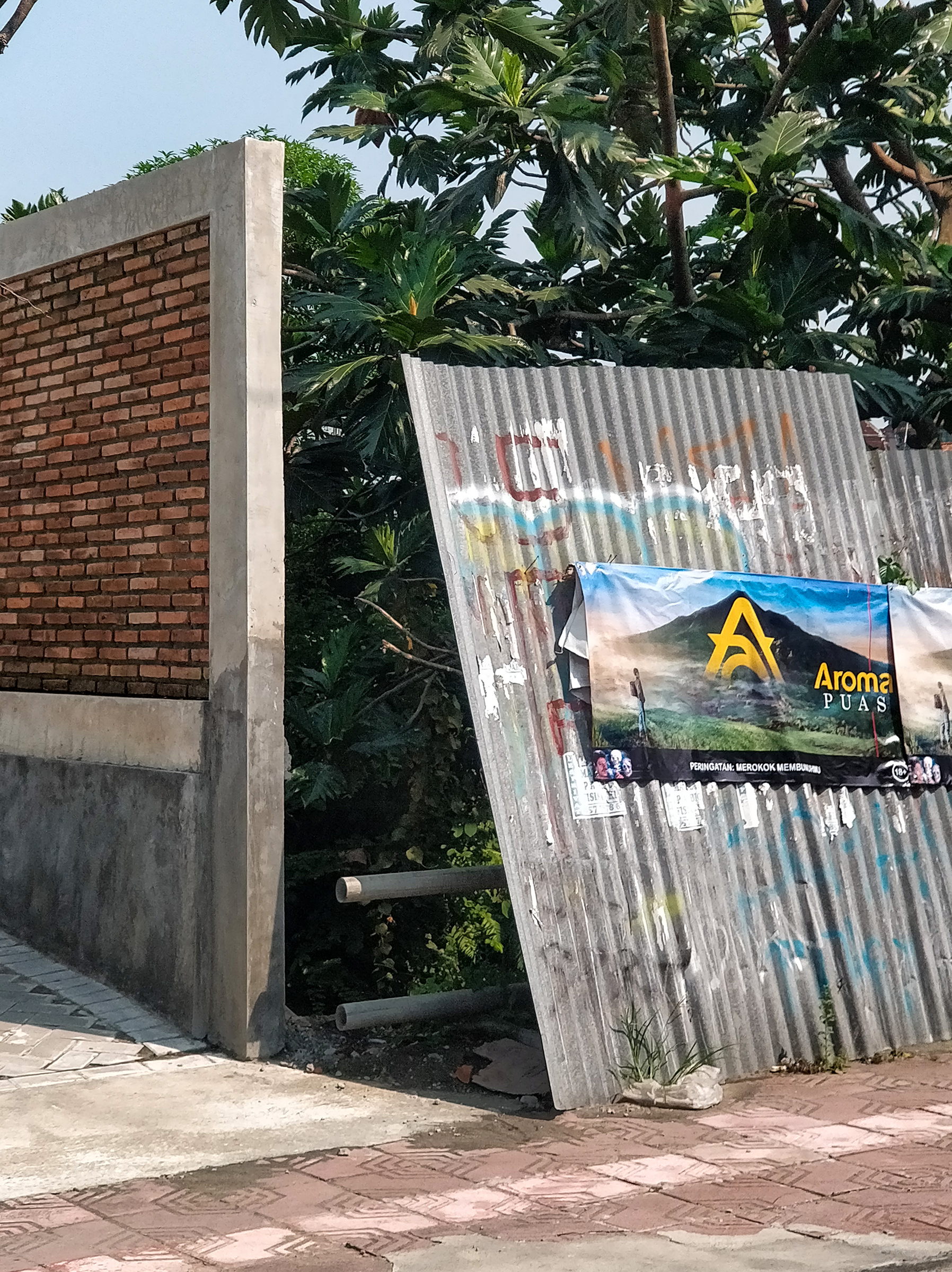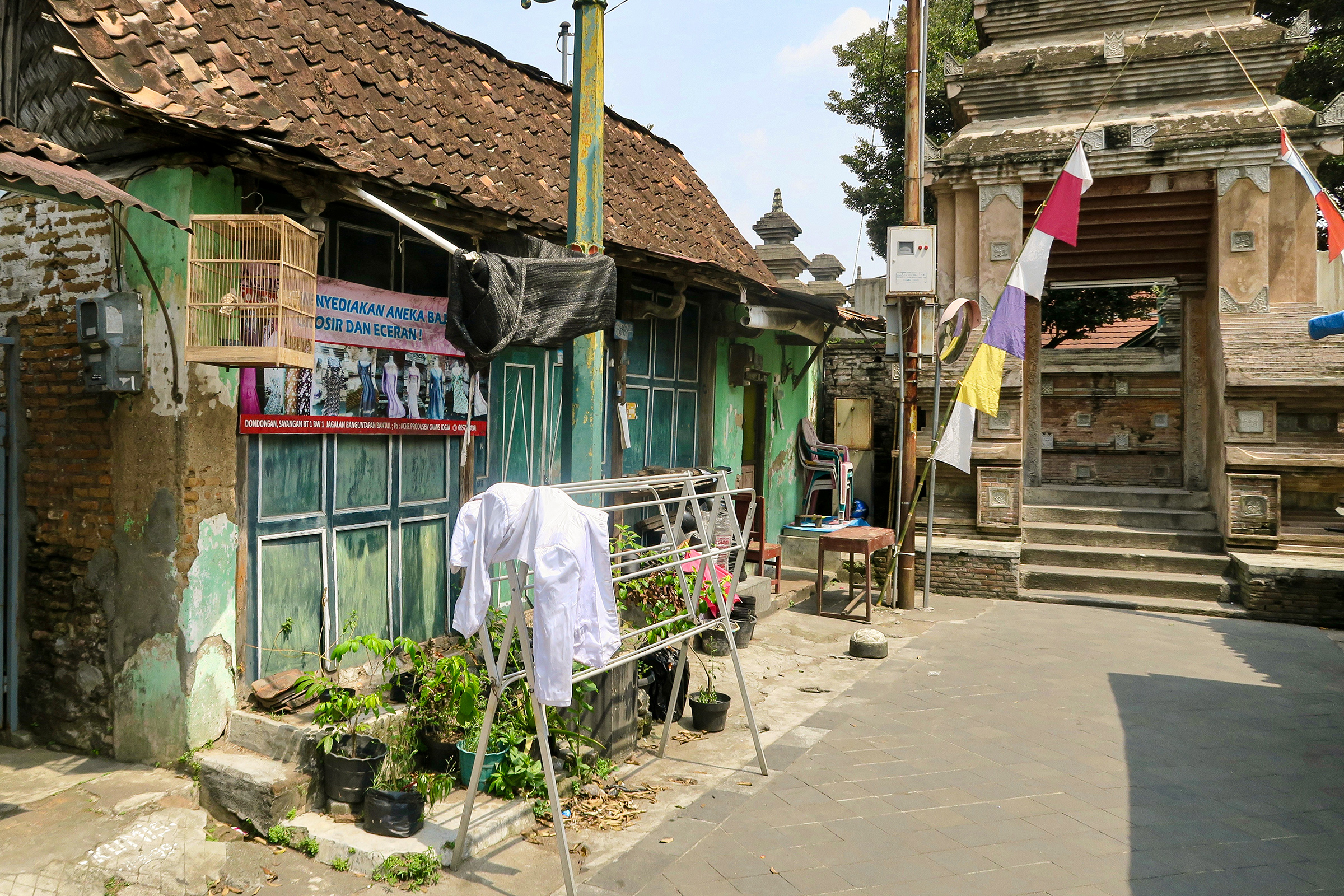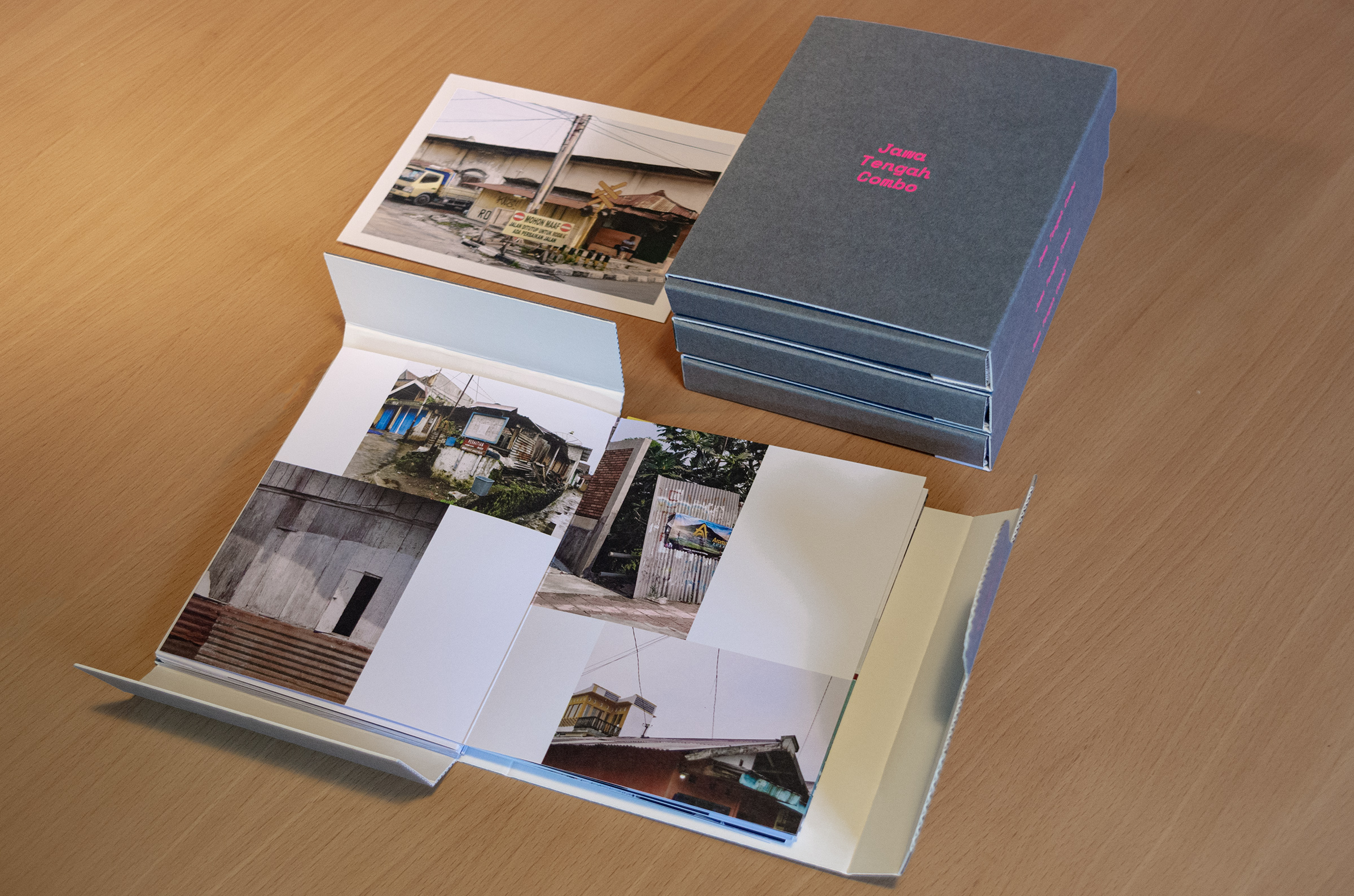Photographic Reflections of/on Urbanity: The Creative Resilience of Java’s Slums
The perception, both local and global of Indonesia’s slums has long been shaped by the stigma they are subjected to: the social marginality of the inhabitants, the fragility of the buildings, the moral, legal and morphological denunciation of informality, illegality and spontaneity. Many dimensions in these neighbourhoods, often located on the side of tropical torrents whose floods are ferocious, are in fact not viable, first and foremost exposure to the deadly risks of flooding. A closer attention to these urban fragments however, reveals another dimension: that of interstices which, in contrast to the city of congested avenues, concrete extensions, exclusive shopping centres or business districts and closed residences, offer persistent paths of urbanity.
Photography makes it possible to shift the gaze and question the very categories by which these districts have been seen. The image of marginality can be tempered by the innumerable signs of the inhabitants’ integration into the life of the urban ensemble as well as by the deployment of daily life on the scale of a sensitive humanity and sense of community. The buildings themselves no longer represent the stigma of illegality, but rather signs of pragmatism and urban belonging. In other words, informality does have a form, urbanity from below is one of the strongest and most resilient expressions of urbanity in general. Through the inventiveness, perseverance and unfailing aspiration of their inhabitants to create the conditions for a decent life, these neighbourhoods no longer represent the trace of a failure, but rather a potential source of inspiration for the city as a whole. Naturally, securing the neighbourhoods against hydrological risks, stabilising the soils and slopes and improving the habitat and the connections are necessary horizons and involves interaction on a new basis with the long hostile spheres of administration, investment and regulation.
However, what the photographic experience teaches is how much urbanity is already present in these districts, emanating from the formidable capacity of the inhabitants to make it happen between the intimacy of habitats and the conviviality of public spaces. This urban character, in contrast to the so-called legal, formal, planned or organised city, whose many faces say the opposite (exclusion, separation, harshness and closure) has the capacity to create common spaces and to promote shared practices. The interstices are no longer voids that are hastily and clandestinely filled, they are, as the photographs suggest, places from which a real collective and civic life emerges. This urbanity not only has to be valued and protected: it could also be a source of inspiration. As for the photographic viewpoint, it is, we argue with this artist’s book whose fragmentation is itself a reflection of/on the nature of urban fragments, an integral part of the urban character.
Text by Denis Bocquet (Ecole nationale supérieure d’architecture de Strasbourg, laboratoire AMUP), Photos by Loup Calosci (Ecole nationale supérieure d’architecture de Paris-Belleville) and Fred Maillard (Visual artist & professor, École de la Nature et du Paysage de Blois), authors of the book (designed by Fred Maillard) Jawa Tengah Combo, Paris, Terrain de Jeux, 2020, 84p., ISBN 978-2-9574189-0-9.
-
2021/02/22

-
Java Central

-
Denis Bocquet, Loup Calosci, Fred Maillard


the other map
Explore arrow
arrow
loading map - please wait...

